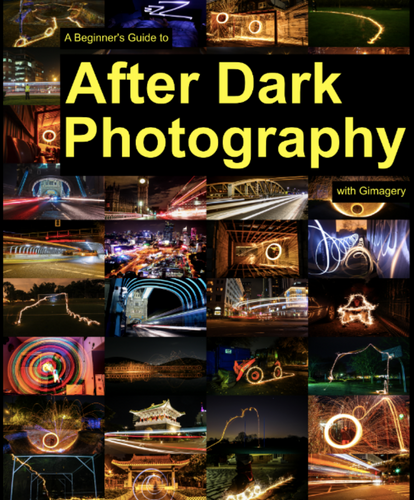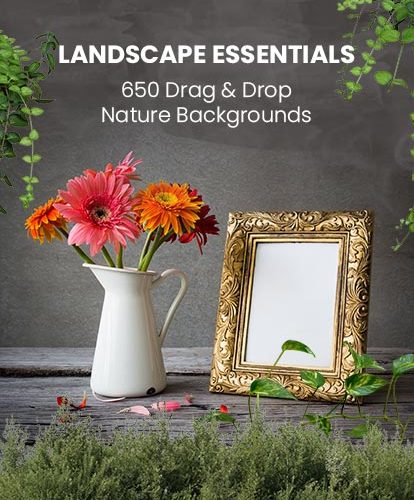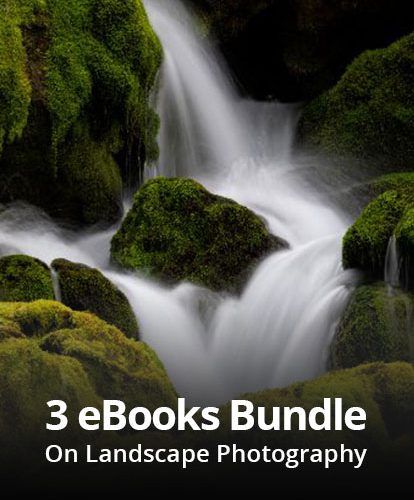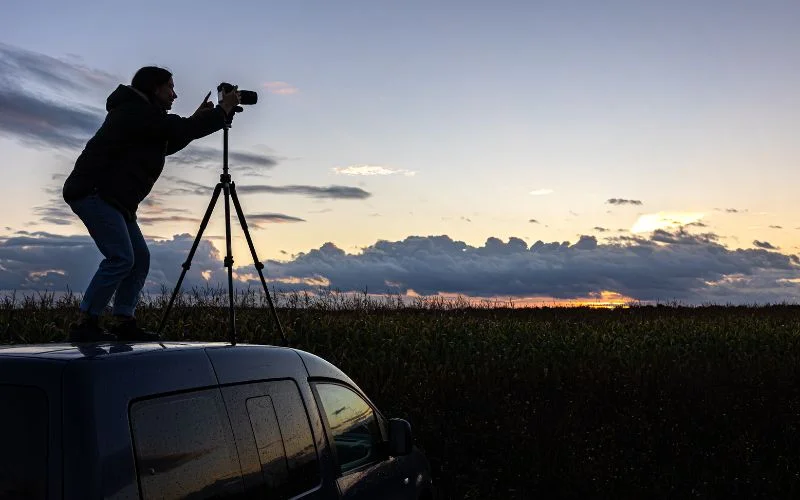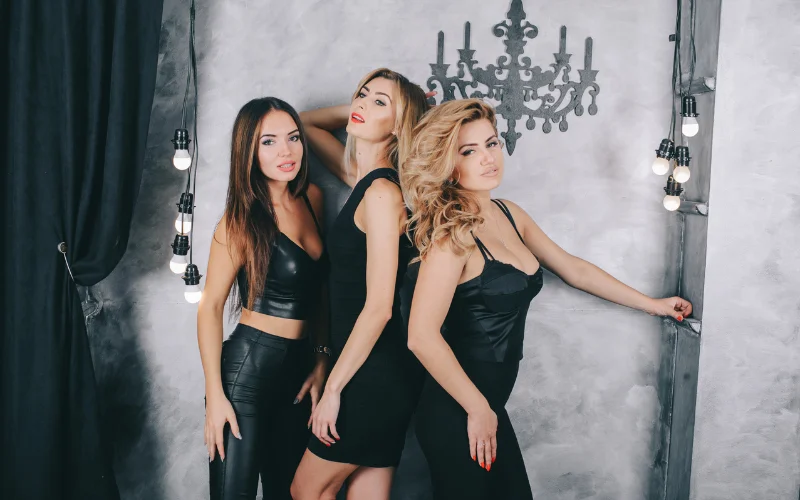Although it’s obvious after several thousand photographs, when you first start shooting it’s difficult to see where your deep-rooted fascinations, those irreducible attractions you’ve had since you were young, are taking you. Yet soon, as every shot builds on another, some recurring themes start to form. If you’re lucky, you’ll recognize these patterns as your own voice clearing its throat. If you’re smart, you’ll follow where they lead you. The choice between Portrait, Landscape, Street, or Cityscape Photography is thereby decided for you.
For fine art photographer Christine Carr, photography simply continues what she had already been doing. It allows her to stay exploring the literal and figurative outskirts of cities. Though many of her images don’t take place at the edges, they still all feel caught in-between. Made away from city congestion but city-life is still visible, about structure yet also about boundless nature, her Cityscape Photography investigates the middle ground, searching for a balance between natural and artificial form. Carr has beautifully blurred the line between landscape and cityscape Photography for a more versatile audience to consume. The cityscape Photography captured by Christine is such that the location is captured from afar but the soul is captured from within.
In this interview, Carr talks about her start in photography, explains her attraction to geometry and timelapses, and reveals why she sticks to medium format cameras.
Your work is great. How did you get your start?
Thank you! In my 20s, I bartended for years but had an inkling there was something else I wanted to do. I have always loved driving and exploring the outskirts of wherever I lived, and one day during a park visit I took a photo that resonated for me. I started looking though photography magazines and was intrigued that photography was more complicated than I thought. Fortunately a local college had a fantastic photography program so I could try a few classes before making any big decisions. I was smitten with photography during my first semester and still have a love affair with it.
How would you describe your work?
Recurring themes in my work include the intersection of man and nature and the use of landscape for expressive purposes. I am also very drawn to the mystery that comes with shooting at night and the unpredictability of long exposures. I struggle with the question about describing my work in its entirety. Over the years I have switched between color and black and white and alternate between images that are staged and images that are discovered. Recently, I have incorporated video and installation into my practice as well.
Your work seems drawn to geometrical abstracts, though not limited to architecture. Why are you interested in line and structure, whether found in nature or man-made objects?
Good question — I believe structure is the key word. The geometry serves as an anchor to an unpredictable nature. Composition is something I carefully organize; the lines serve to move the viewer through the image. In Threshold, solid forms give way to an unknown distance. In Nothing But, we are trapped in the square with bent twigs and creeping ivy showing the way, and, in Slope, the curved lines indicate a path through the environment but also mimic the undulating landscape. In the Monolith project, the buildings are intentionally simple and somewhat abstract to allude to structures of mystery and power.
Although most of your images are quiet, I cannot shake a feeling of foreboding. They are beautiful but also ambivalent in their tone. Do you get this feeling? How do find light that seems so menacing? For instance, in 221.05.94, C-print, 2005.
That feeling is very intentional. The image you mentioned is from the Threshold project and was a reflection of my anxiety about facing the unknown after graduation. The Nothing But project is also about anxiety, but on a greater scale. It started around 2008 when I felt bombarded with devastating news about human malevolence and natural disasters. I started this project focusing solely on location and composition and finally realized that I needed to shoot it only on very overcast or stormy days. In many projects, I photograph when the natural and artificial light balances in intensity. The time at twilight is so fleeting that it may seem unnatural. Clouds play a large role in my work — they serve as compositional devices but also provide an ominous mood.
What’s your favorite camera and lens? Why those? Or no favorites?
After studying photography for a few semesters I started saving up for a medium format camera. It is the perfect solution for me. I wanted a larger negative, but needed to move quickly to get the camera on the tripod as the light was fading. I chose the Mamiya 7 because it is not that much bigger and heavier than my 35mm camera. In addition, I bought a used Mamiya C330 twin lens camera a few years ago and loved using that for the Nothing But project. Most of the time, I prefer shooting with a wide-angle lens. In the Monolith project, it allows me to get close to a building while including quite a bit of it and creates some exaggeration as well. A wide-angle lens also allows me to place an object in the foreground while still providing plenty of room for background information.
I really like Portal. What did you shoot with? Could you explain your aims with it?
Thank you! That was also shot on the Mamiya C330. This project was a progression from the Awakenings project I completed in 2001. The screen picture (L.S. 500) was a remake of an image I had made a few years earlier and liked so much that I decided to build a project around it. The glowing area of light seemed like an interesting place of ambiguity so rather than directing the viewer with a projected image, I created glowing areas for interpretation or contemplation. Also, I was thinking about The Lion, the Witch and the Wardrobe and Pan’s Labyrinth in which children are transported to other worlds, one through the back of a wardrobe and one by drawing a chalk outline on a wall that becomes a door.
L.S.102, Archival Inkjet Print, 2006 is great. Is that a self-portrait? Could you explain how that image was made from start to finish?
I did not plan it to be a self-portrait, but it turned out that way. I projected an image of clouds on the wall behind me and wanted them to show up in the mirror. I propped up one side of the mirror slightly away from the wall for it to work. Then I metered the exposure for the projection-by using a small aperture setting and a neutral density filter over the lens of the projector I got it to about a second. Then I checked the focus, exposure settings and composition. After that, I turned off the lights, opened the shutter on the bulb setting and turned on the projector for the metered time. After exposing the projection I either turned on the overhead light briefly or used a flashlight to illuminate parts of the room and then closed the shutter.
You seem to have great patience with every shot you take. It’s seen in your great timelapses. What advice would you give about making a timelapse?
Bracket. Openness to change and experimentation is helpful as well as patience. Practice the technical so you have an idea of what will happen with different aperture settings and longer and shorter shutter speeds. You are right-I am very slow and deliberate when photographing. I can anticipate quite a few outcomes with long exposures, but it is the unpredictable (such as moving clouds) that makes it exciting for me.
The colors in Awakenings are gorgeous. What advice would you give to other photographers about working with the themes of color?
Those colors were created by using different colored gels over a flashlight and painting with light during long exposures. In later projects I use the colors of available light, natural and artificial, as my palette. In Awakenings, I am thinking about the mood of the image or something symbolic and select colors to emphasize the scenario. In Monolith, I utilize warm against cool colors to emphasize boldness. In Nothing But, the color is much less saturated for a somber tone. After reflecting on these approaches, my advice would be to remember that color is just as important as composition, light, subject matter, etc. in your work. It is a critical expressive component of an image that can convey emotion or be symbolic. Be sure that your palette supports your subject matter and that the colors make sense with each other within each image. Compare and contrast how others use color in their work for ideas and approaches.
Any books or films that have inspired you?
The Americans by Robert Frank for his ability to tell a story with images. Pan’s Labyrinth. Brokeback Mountain for the way it uses the landscape as another character in the movie. Space and Place: The Perspective of Experience by Yi-Fu Tuan changed my outlook on the world.
Christine is someone who does her homework right. Someone who deliberately takes of roading decisions to go away from the heard and yet consciously making an attempt to stay in the loop. Her work with her Cityscape Photography also speaks of this attitude. Blurring lines between Cityscape Photography and Landscape Photography is the outcome of nothing but the artist’s attitude.
Be sure to check out all of Christine’s work on her website!













